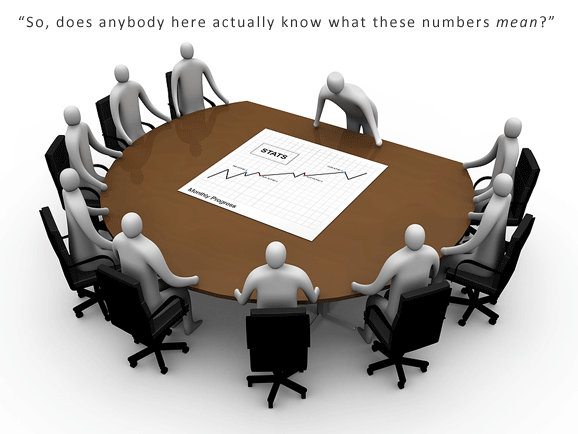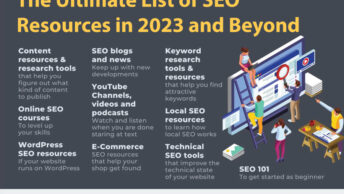
Statistics. Social media. You’ve gotta love ’em. Right? After all, we have to measure, measure, measure so we can convince companies that social media efforts will actually pay off and provide a worthwhile return on investment.
Frankly, I’m sick and tired of the measurement (well, poor measurement at least). I’m tired of so-called social media experts attempting to justify their existence with collections of faulty metrics and companies talking about how successful they are in social media without understanding their own numbers. Give us a break already.
So no. No, I don’t love statistics in social media. And I’d go so far as to say the social media world in general has become just a wee bit stats-obsessed.
Thoughts and Tips for the Social Media Stats-Obsessed
I’m not saying you should measure nothing social media related. By all means, measure to your heart’s content. Just be careful about what you infer from those numbers and report to others. And I’d suggest keeping some of the following things in mind:
-

Credit: BigStockPhoto.com You can’t measure “influence.” — So please. Stop trying already. The last thing the world needs is another list of “top influencers” littering the Web. You cannot measure influence accurately. Influence is not a link. It’s not a visit to your site (although someone else might have influenced someone to visit you). Influence is reinforcing someone’s views, convincing them to change their mind on an issue, or getting them to take action — and having them click a “retweet” link on Twitter hardly counts in this age of keyword-targeted auto-bots. Most “influence” involves things you’ll never even see.
- You don’t have as many “friends” as you think you do (or followers, or members, or whatever you want to call them today). — If your social media consultant is bragging about how many Twitter followers they landed you, it might be time to run. A large number of followers is only a valid metric if you know where those followers are coming from. For example, if they had to follow 12,000 people to get you your 10,000 followers and make you feel oh-so-popular, most of those followers are probably worthless. It’s called follow spam — when you follow people just to get automatic or semi-automatic follow-backs from people who really don’t give a damn about what you have to say. It’s far more impressive to have 1000 followers while you follow potentially far fewer — the people you really “follow” and interact with. That’s organic growth and interest. The number that really matters is much smaller though — the people who actually listen to what you say, act on it, and form real relationships with you or your company. And don’t tout things like friend counts or member numbers unless those are active members of your community. Abandoned accounts and spam bot friends count for zip.
-

Credit: BigStockPhoto.com Please learn where the numbers are coming from. — This goes back to what I said about “influencer” lists before. One of my biggest pet peeves was when I saw one of those popularity contest types of lists using incoming links and Google PageRank as metrics for comparing different bloggers’ level of “influence.” First of all, anyone with an ounce of sense quit caring about Google PageRank (PR) a long, long time ago. Why? The PageRank you see is not a site’s current PR (which updates behind-the-scenes all the time). Google has also been known to arbitrarily change a site’s PR regardless of true influence or authority status in a niche because of things like not approving of a site’s advertising model. Also, PR and link counts are the same thing! Yep, you’re counting the same data twice. Incoming links are precisely what PageRank is based on. Even more amusing is when people combine PR with Google’s own inbound link count. As any webmaster worth his salt can tell you, the backlinks you can pull up for a site from Google are quite far from accurate numbers. Google doesn’t even pretend they are. They’re a very small sample of inbound links to a site — not something you can use to accurately measure results of any social media effort, or use to compare sites or profiles or blogs.
These are just a few of the many problems we face these days when it comes to measuring success, or a lack thereof, in social media. Are you guilty of using inaccurate, incomplete, or misleading statistics to justify a social media project? Have you become so obsessed with the faulty numbers involved in measuring social media that you’ve forgotten about the long-term effort of building real relationships with your target market or audience using those tools? Share your thoughts in the comments.






